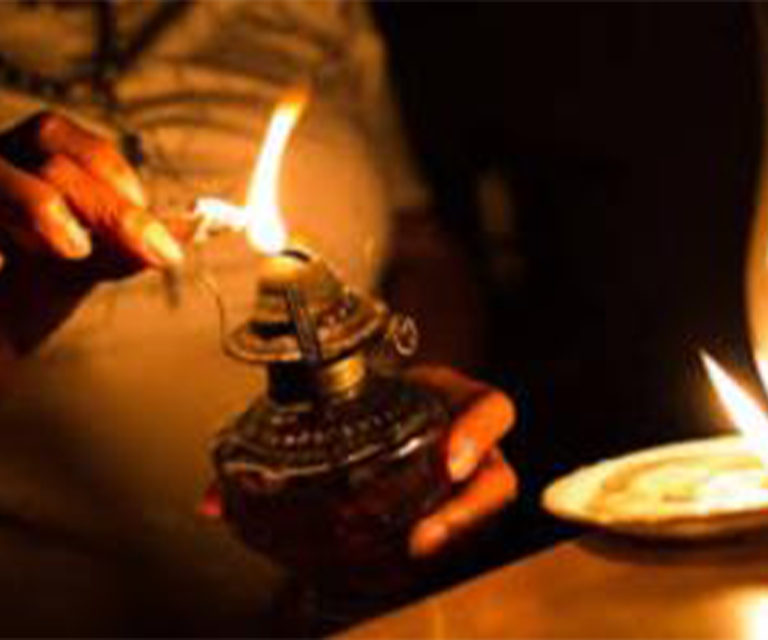For the first time in five years, South Africa is enjoying its longest stretch without load shedding. This isn’t just good news – it’s a game-changer for millions of South Africans who’ve grown used to planning their days around power cuts. As someone who’s lived through countless disrupted dinner preparations and cold showers, I can tell you this feels like a breath of fresh air. This milestone shows us what’s possible when plans come together, and in this article, we’ll look at how we got here and what it means for our country’s future.
Background on Load Shedding in South Africa
Remember when load shedding first became part of our daily vocabulary? Since 2007, these planned power cuts have shaped how we live and work. Our aging power stations, many built in the 1970s and 1980s, have struggled to keep up with South Africa’s growing energy needs. I’ve seen small businesses close their doors and families adapt their entire routines around these power cuts. The impact has been real and personal for all of us.
The Role of the Energy Action Plan and Generation Recovery Plan
The government’s Energy Action Plan and Eskom’s Generation Recovery Plan have been key players in this positive change. These aren’t just fancy documents gathering dust – they’re active blueprints that have brought real improvements. From what I’ve seen, the focus on fixing our power stations and bringing in private energy partners has made a noticeable difference.
Key Achievements Highlighted by Minister Kgosientsho Ramokgopa
- Dropped from 16,400MW unavailable last year to 11,235MW this year
- The Energy Availability Factor improved by 7.3%
- R15 billion saved in energy-related costs
“These aren’t just numbers on a page – they represent real progress in keeping our lights on and our economy moving.” – Minister Ramokgopa
Sustainability of Current Success
While we’re celebrating this achievement, Minister Ramokgopa reminds us to stay realistic. It’s like maintaining a car – we need regular check-ups and maintenance to keep things running smoothly. The focus now is on making sure this success isn’t just a temporary relief but becomes our new normal.
Challenges and Areas for Further Intervention
Let’s be honest – we’re not completely out of the woods yet. The system is still sensitive, like a patient in recovery. One major breakdown could still put us back into load shedding. This reality check helps us understand why ongoing work and improvements are so important.
Draft Integrated Resource Plan (IRP) 2023 and Stakeholder Engagement
The new IRP 2023 is shaping up to be our roadmap for future electricity generation. What makes me hopeful is how many South Africans have gotten involved – over 4,000 comments from the public! It shows we all care about finding long-term solutions to our energy challenges.
Implications for South Africa’s Energy Future
This milestone could be the turning point we’ve been waiting for. Better energy security means businesses can plan, investors might feel more confident, and honestly, it just makes daily life easier for everyone. I’m particularly excited about how this could help small businesses that have struggled with irregular power supply.
Conclusion and Call to Action
While we celebrate this achievement, let’s remember it’s taken everyone’s effort to get here – from engineers working overtime at power stations to families being mindful of their electricity use. The best way to keep this momentum going is to stay involved and support energy-saving initiatives. After all, reliable power isn’t just Eskom’s responsibility – it’s something we all play a part in maintaining.
“Every small action counts – whether it’s reporting faults promptly or using electricity wisely, we’re all part of keeping South Africa’s lights on.”

